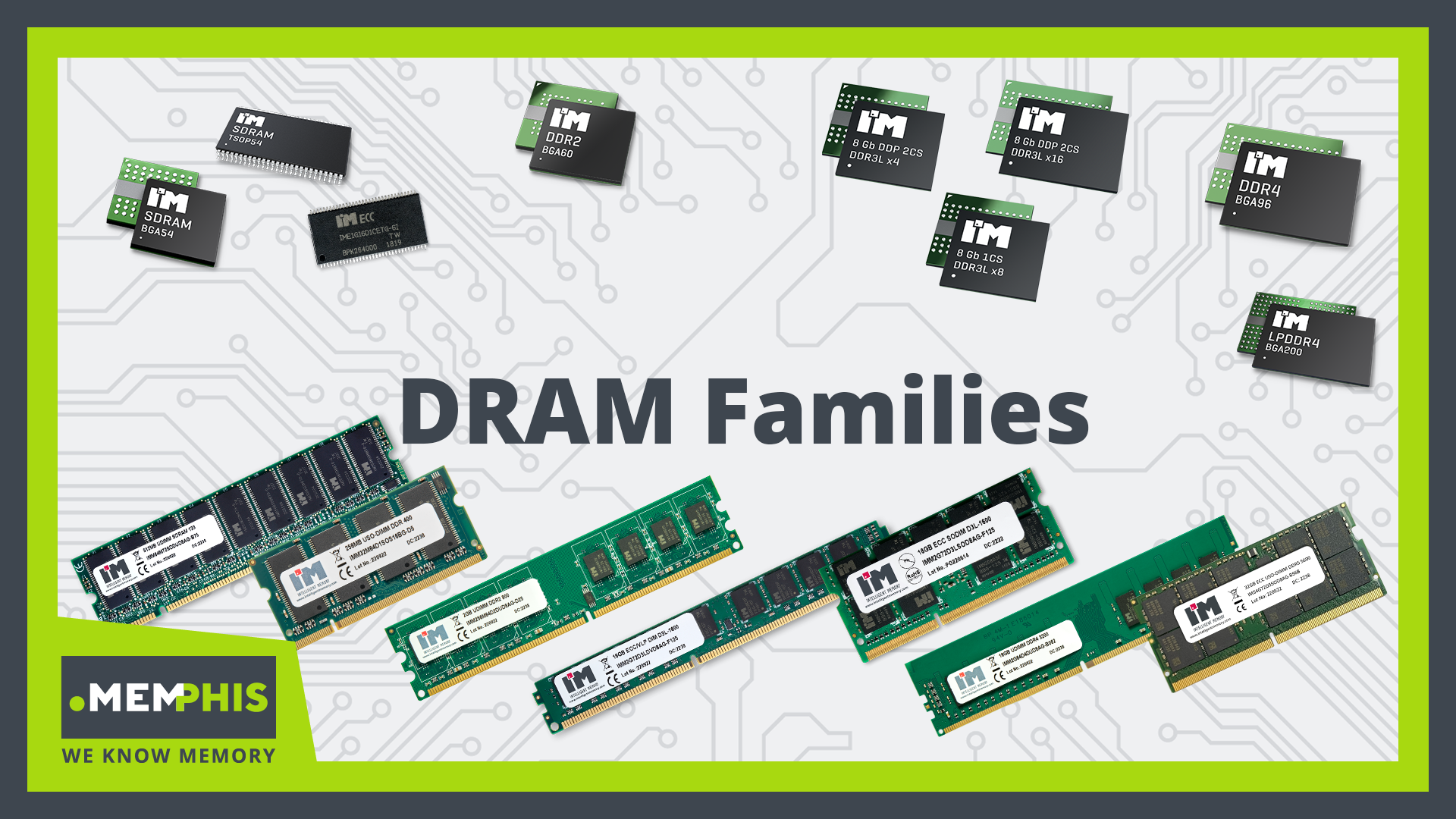On June 4, 1968, the DRAM patent filed by IBM’s Robert H. Dennard was granted. To commemorate this anniversary and highlight the evolution of the technology, we have asked some of the manufacturers in our portfolio about their track record in DRAM and how they view the future of the technology. One of them is Intelligent Memory, one of the few memory manufacturers in the market that offers DRAM components, DRAM modules as well as Flash memory.
When did you enter DRAM?
Intelligent Memory, originally founded in 1991 as “Pacific Force Technology Limited” started its business with DRAM memory modules. Now we have grown into a fabless memory manufacturer for not only DRAM modules, but also for DRAM components and Flash products. So, we’re so proud to say we have been creating DRAM memory solutions since 1991, and have been running this business for well over 3 decades.
What milestones are you particularly proud of and why?
We started with DRAM modules, catering to customers with varying types of DRAM technologies and form factors, all while meeting industrial standards and special requirements. To this day, we are still an active and key DRAM module maker in industrial markets.
In 2014, we incorporated DRAM components and provided a full range of DRAM standard products: SDRAM, DDR, DDR2, DDR3, DDR4, LPDDR4. And not only did we incorporate standard DRAM components, but also very unique DRAM components with ECC embedded features as well. Not to mention we were one of the first to launch a high-density, DDR3 8Gb full product series.
In 2014, we also introduced a comprehensive range of Flash products with different form factors and densities to meet customer and industrial standards. By 2021, we had continued to expand our portfolio, so much so that we were pleased to distinguish ourselves as a full memory solution provider with a goal to serve industrial and embedded customers on a global scale.
What’s hot in DRAM for you now and why?
Our value proposition is to provide high-density, very reliable, robustly durable, and long-lasting products among competitors. For example, we are still a strong believer in DDR3 16Gb and 8Gb and we provide legacy DRAM products that are hard to get these daysAlso, in the near future, we will be focusing more on LPDDR4 with 16Gb – just to name a couple.
What’s next in DRAM?
The majority of DRAM developing trends are always lower cost and higher density, so process migration is the key to achieving targets, as per Moore’s Law. As more and more difficulties arise in process migration, 3D technologies could possibly be a way to gain lower costs and higher densities.
In any case, we can see the market right now is going to talk a lot about new generations like DDR5, LPDDR5. For IM, we’ll keep close to the market and continue also to follow the evolution of upcoming technologies.
Do you think DRAM will ever be replaced by a new technology?
Among all kinds of memory, DRAM definitely has its advantages among various existing and emerging new technologies; like low cost per density, high access speed, and mature market applications, and sufficient supply capacity. We believe DRAM will make its own way and continue to position itself to complement and coexist with other memories moving forward. Just look at how many older DRAM generations are still incorporated in new designs. DRAM is far from being replaced.

